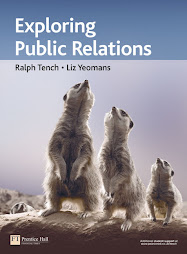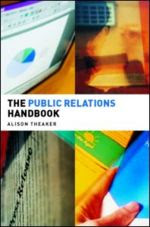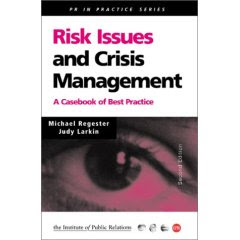
There has been a general assumption that Public Relations is propaganda. Defenders of the Public Relations discipline have made an attempt to distinguish the two terms, arguing that Public Relations is objective while propaganda has a somewhat negative connotation because it is manipulative. According to them, Propaganda serves the interests of the sender and not the receiver. It is more telling and ordering rather than the two way communication of listening and talking which they insist is what constitutes Public Relations.
Going back to the history of Public Relations, the term propaganda was not perceived as a negative concept. Infact Edward Bernays ‘the father of Public Relations’ argued that the manipulation of public opinion was a necessary part of democracy. In his book ‘Propaganda’ (1928 p.37) Bernays wrote:
The conscious and intelligent manipulation of the organized habits and opinions of the masses is an important element in democratic society. Those who manipulate this unseen mechanism of society constitute an invisible government which is the true ruling power of our country. We are governed, our minds molded, our tastes formed, our ideas suggested, largely by men we have never heard of. This is a logical result of the way in which our democratic society is organized. Vast numbers of human beings must cooperate in this manner if they are to live together as a smoothly functioning society.
It was not until after the Second World War when people started distancing themselves from the term propaganda after the horrific consequences of the Nazi propaganda. The concept was then viewed as manipulative and beneficial only to the propagandist.
There is very little literature that explains the theory of persuasion and one of the reasons being because it is not easy to separate it from propaganda however the distinction between propaganda and persuasion can be seen in the way persuasion is applied in communication. Persuasion involves the use of images, words and symbols to understand the meaning and intent of the speaker (Tench, 2006). For instance President Bush used religious imagery in his election bid for a second term as a way of persuading the audience in 2005. Persuasion also involves the free will of the receiver as it gives the persuadee a measure of freedom.
Arguably propaganda and persuasion figure largely in the PR profession and it is difficult to distinguish each one of them because they often involve each other. Public Relations also originated from propaganda with many of the pioneers applying it in wars. Modern PR can be seen to be manipulative communication as its sources are often not mentioned in the media therefore making it difficult to establish the motives and intent of the information provided to the audience.





1 comment:
Great work.
Post a Comment